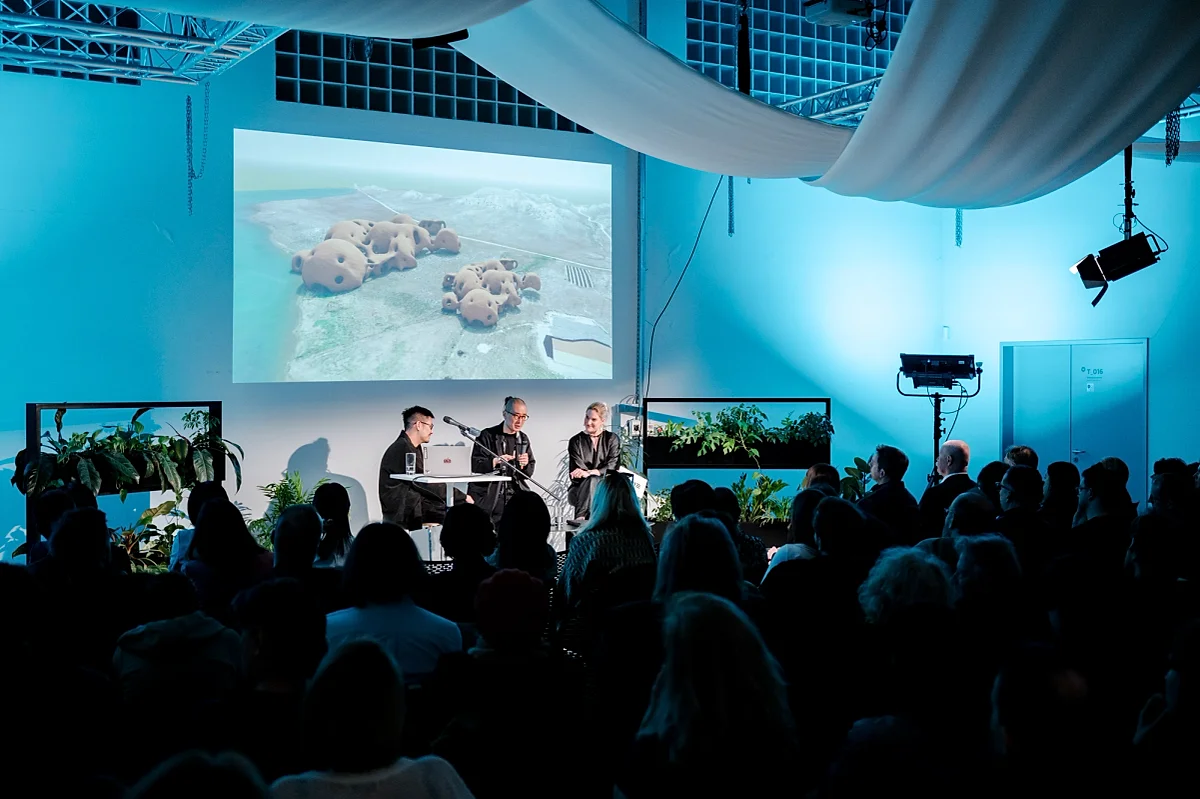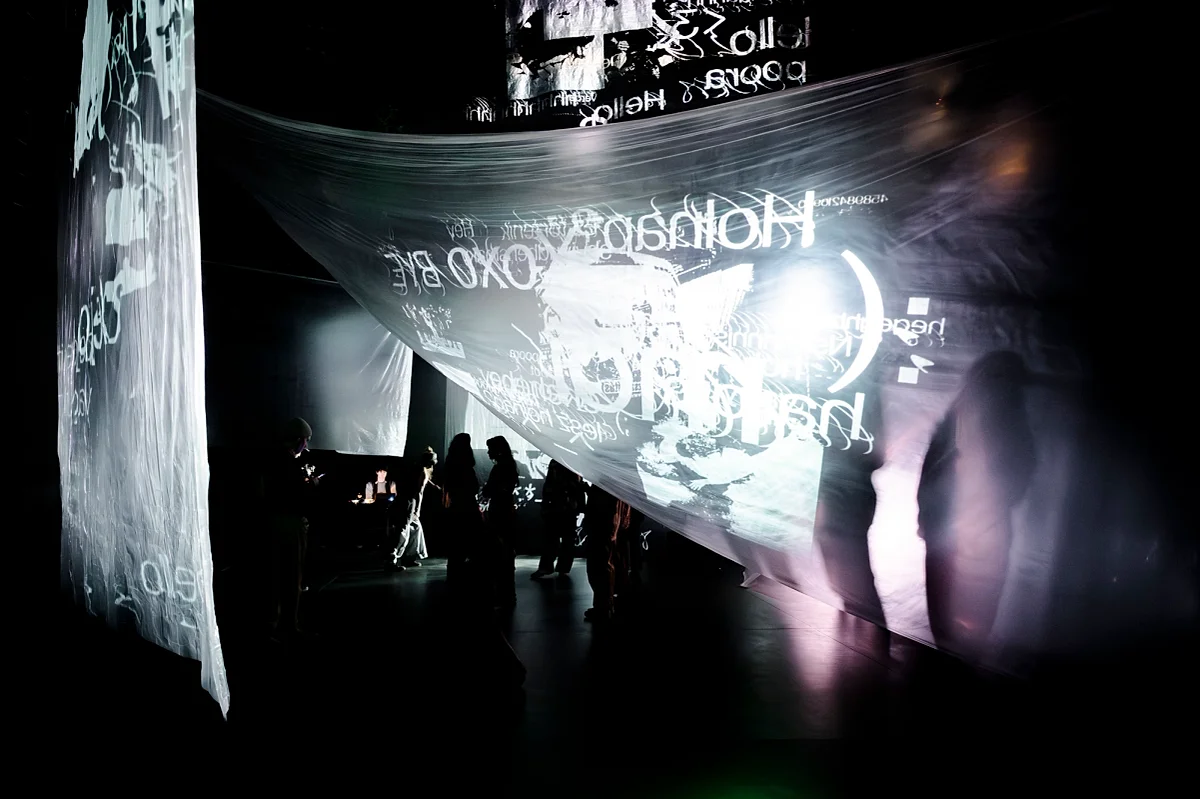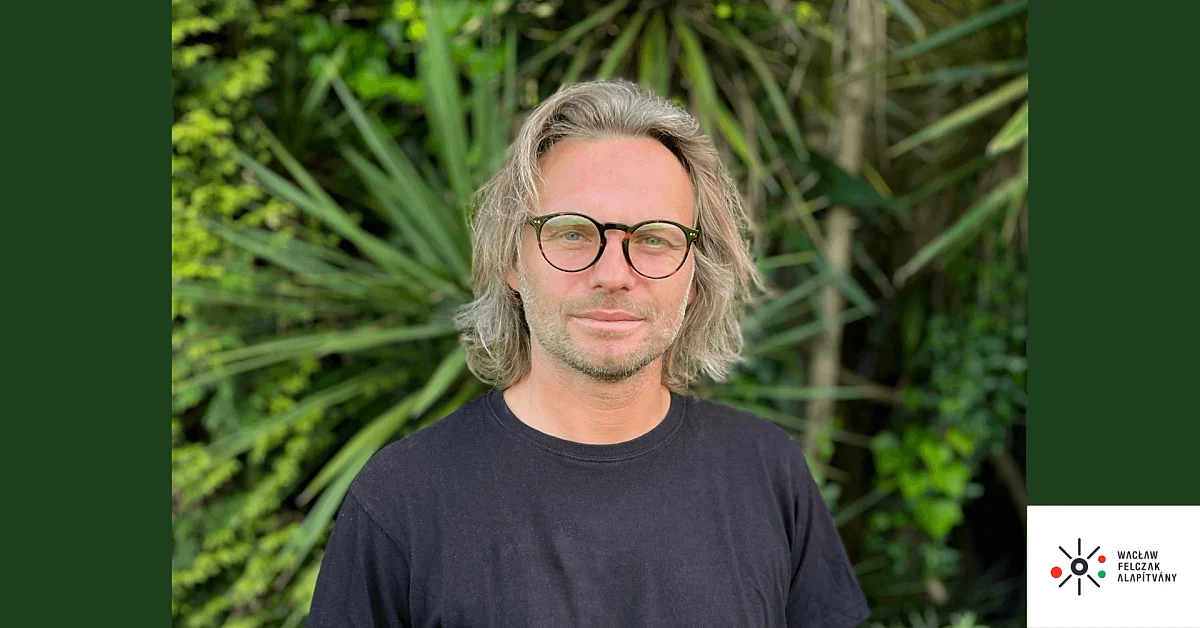
This year’s Moholy-Nagy Award is going to an iconic film director
The films of legendary filmmaker and mainstay of Hungarian direct cinema Gyula Gazdag, such as The Whistling Cobblestone, The Selection, or Singing on the Treadmill offer a window into the often grotesque everyday life in socialist Hungary. Without his films, it would presumably be much harder to understand the mindset of the Kádár regime. The true yet extremely absurd stories continue to enthral viewers to this day.
The majority of his films had not been released at the time, and were only screened after the regime change, but then all over the world. They travelled from one festival to the next, helping Gazdag secure a teaching position at the UCLA and mentorship at Sundance. Today, he is based in the USA, and his works have become recently accessible to younger generations as a result of the extensive digitalisation and restoration programme launched by the Hungarian Film Institute. From his many films recently restored, four were screened at the Film Marathon in September. One of his mostly widely-known films, the 1987 A Hungarian Fairy Tale have featured in nearly 50 international festivals including Cannes, Toronto, and Sydney, and won awards in Locarno, Salerno and Sitges.
In November, he is awarded the Moholy-Nagy Award in recognition of his lifetime achievements, in particular his nuanced and sensitive capture of the world around us, the subtle oscillations of the soul, and the fabric of society, his films of major significance, and his formative educational work.
Since 2006, the award is presented each year to an individual whose outstanding artistic, research, or creative activity is founded on the same values as those of the university and its eponym. For Moholy-Nagy, film and photography were highly important genres. At MOME, film and animation trainings hold similar significance, and from 2024 will continue as the Film Industry Knowledge Center. For this reason, having a filmmaking legend like Gazdag join the ranks of Moholy-Nagy Award recipients has particular relevance.
Gazdag shared a few thoughts on the occasion of receiving the award. He feels greatly honoured to receive the Moholy-Nagy Award, especially since he has long admired László Moholy-Nagy. “He was an astonishingly free-spirited artist with ideas reflective of an imagination that knew no bounds, which I find admirable. He started teaching at a young age, at a school – Bauhaus – with many very great and very different personalities, each with very different beliefs, and yet it did not ruin the school despite the conflicts.”
Previous recipients of the award that stands for Moholy-Nagy’s thoughts and ideas still relevant today include archaeologist Hattula Moholy-Nagy, art philosopher Hannes Böhringer, art historian Krisztina Passuth, curator Karole P. B. Vail, art historian Olivér Botár, product designer Stefan Lengyel, and Ernő Rubik. They and the MOME community are connected through creativity, integrative thinking, intellectual innovation, and a responsible creative approach.


